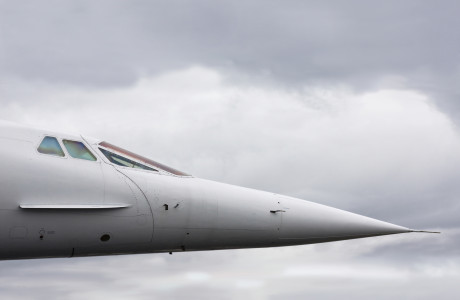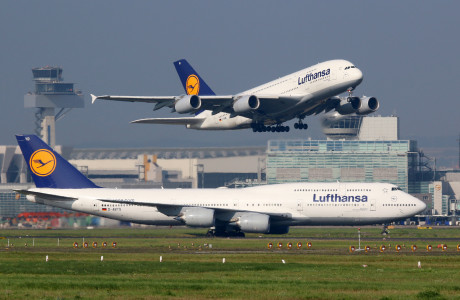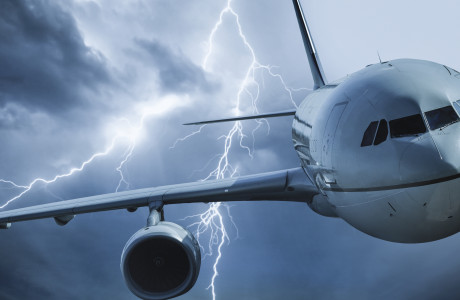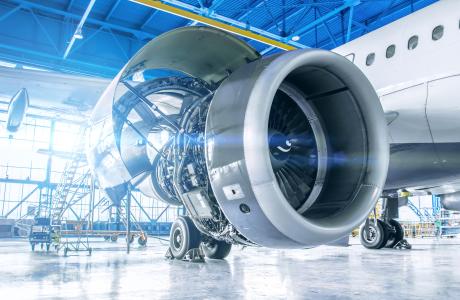
Why Do Airplanes Fly?
Airplanes are one of the most widespread and safest modes of transport worldwide. However, many people are not familiar with how airplanes can fly. While there are many online articles that explain the physical processes, they usually present simplified or even factually incorrect information. This article will cover common misconceptions and the actual reasons why an airplane flies.
Content
Basic Forces: Lift, Pressure & Drag
First, it’s important to understand the basic physical principles involved in flying. Particularly significant are lift, pressure, and drag:
Lift
Air is a gas and, like liquids, gases can flow. The normal airflow we perceive as wind flows parallel to the ground. Lift is a force that acts perpendicular to the direction of airflow, that is, away from the ground. Therefore, to make an airplane fly, lift must be generated.Pressure
Comparing pressure with a liquid can be helpful. Deeper in the sea, the weight and thus the pressure exerted by water on a body are higher—this is similar to air pressure. Another parallel is that air fills a given space as evenly as possible. If there is less air in one place than another, it’s called a low-pressure area. The air will flow back to that area to balance the pressure.Drag
Even though we do not consciously perceive air, we are not in a vacuum. The entire world’s atmosphere is filled with air, and any movement in a particular direction requires propulsion; otherwise, we remain stationary. The faster we want to move, the greater this resistance becomes.
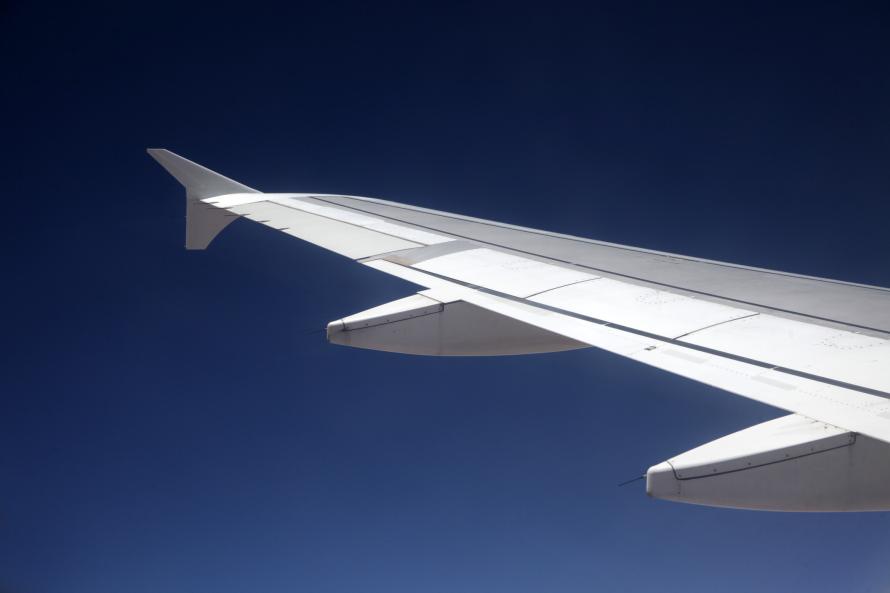
Newton's Laws, the Bernoulli Effect & Common Misconceptions
In addition to the basic forces, certain physical laws must be considered to explain why airplanes fly. Particularly Newton's third law and the Bernoulli effect are often mentioned and can indeed help explain the phenomenon. However, the Bernoulli effect is frequently cited as the sole factor—often incorrectly.
Newton's Laws of Motion
Isaac Newton observed three fundamental laws of motion, known as Newton’s laws.
Law: A force must act on a body to move it or change its existing motion. If we hold a tennis ball and let go, it falls because gravity acts on it. We can lift it by applying a greater force.
Law: The change in motion is proportional to the applied force. If we throw a tennis ball, it flies further the harder we throw. Additionally, the motion occurs in the direction of the applied force, so the ball moves in the direction of the throw.
Law: For every action, there is an equal and opposite reaction. This isn’t immediately apparent with the tennis ball. However, if we imagine standing on a skateboard while throwing it, it becomes clear—the throw would move us in the opposite direction.
Bernoulli Effect
The Bernoulli effect states that flowing fluids and gases exert less pressure on their surroundings than stationary ones. This effect increases with the speed of the flow. For an airplane moving rapidly along the ground, the air pressure on the plane decreases.
Common Misconceptions
Neither Newton's laws of motion nor the Bernoulli effect alone suffice to explain why airplanes fly. It is often claimed that lift is achieved by air moving faster over the wings than underneath, with the Bernoulli effect alone lifting the plane. While the basic assumption of faster air movement is correct, the effect alone is not enough to lift an airplane.
How Airplanes Fly
The exact physical process of flying an airplane is complex. However, with the mentioned forces and laws, the basic principle can be comprehensibly explained. How an airplane works can be outlined step-by-step as follows:
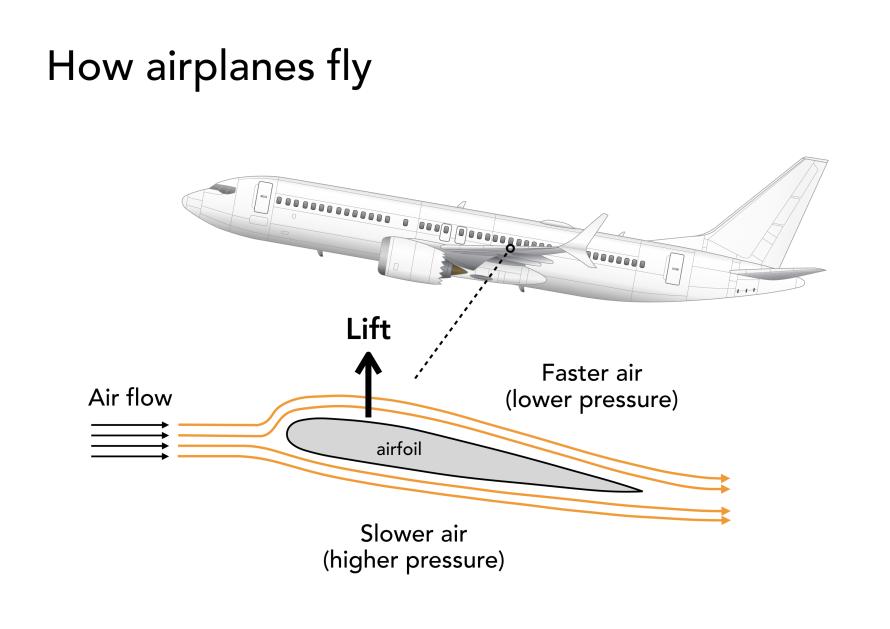
The Airplane Accelerates
The engines move the airplane forward on the runway. The air flows faster around the plane, reducing drag through the Bernoulli effect.The Wings Push Air Downwards
Due to the shape and orientation of the wings, air is pushed downwards as the airplane moves forward. Newton’s 3rd law ensures that the wings are pushed in the opposite direction—generating lift.The Airplane Takes Off
Several forces now work together. The Bernoulli effect creates a low-pressure area above the wings. Lift also pushes them upwards. The faster the airplane moves, the greater these forces become. At a certain point, depending on the plane’s size and weight, the airplane takes off.Increasing Height Increases Speed
How fast an airplane flies also depends on its altitude. The higher the plane climbs, the lower the drag, meaning the airplane moves faster. However, it cannot climb beyond a certain height because the low air resistance would not generate enough lift.Air Brakes and Flaps Slow Down
When the airplane needs to land, the mentioned forces are reduced. Air brakes and flaps on the wings can be deployed to systematically decrease lift and increase drag. This slows the airplane down and causes it to descend.
Thus, the cooperation of various effects explains why airplanes fly. The underlying physical laws are also utilized by other flying devices, such as zeppelins, for ascending. Regardless of the type of flight you choose, we wish you a pleasant journey.

